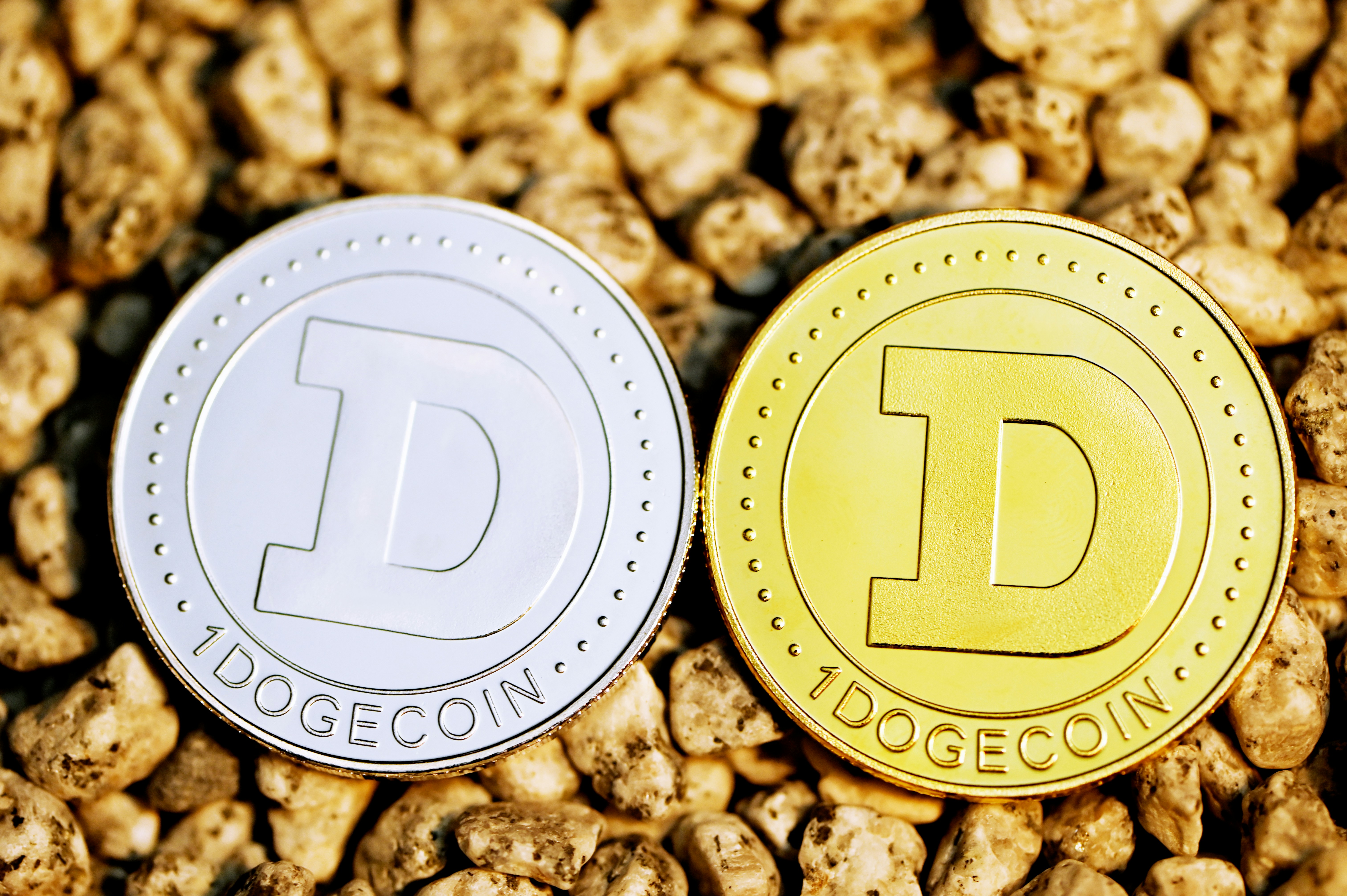Key Takeaways
- Core Definition: The FX spread is the price gap between a currency's buy and sell price.
- Trading Cost: This spread represents a direct cost to you, impacting the profitability of every trade.
- Volatility Influence: Market volatility, particularly for Bitcoin, can widen the spread and increase your trading costs.
What is FX Spread?
The FX spread, or foreign exchange spread, is the difference between the price a broker will pay for a currency (the bid) and the price they will sell it for (the ask). Imagine an exchange lists Bitcoin with a bid price of $60,000 and an ask price of $60,050. That $50 gap is the spread, representing the broker's profit on the transaction.
For traders, this spread is a direct cost. When you open a position, you're instantly at a small loss equal to the spread's value. If you bought 1 BTC at $60,050 and the market didn't move, you could only sell it for $60,000. This cost can be measured in dollars, a fraction of a BTC, or even satoshis (sats).
How FX Spread Is Calculated
Calculating the FX spread is a direct process, boiling down to the subtraction of two key figures. This resulting value represents the broker's margin and the immediate cost you incur when initiating a trade. Understanding this calculation is vital for managing your trading expenses effectively.
- Ask Price: The price you pay to buy a currency from a broker.
- Bid Price: The price you receive when selling a currency to a broker.
- Calculation: The simple formula is Ask Price - Bid Price = Spread.
- Pips: The standard unit used to measure the spread, representing the fourth decimal place for most pairs.
- Percentage: The spread can be expressed as a percentage of the asset's price for easier comparison across different assets.
Market Drivers of FX Spread in Banking and Crypto
The size of the FX spread isn't static; it fluctuates based on several market forces. These dynamics apply to both traditional currency markets and the volatile world of cryptocurrencies like Bitcoin. Understanding these drivers is key to anticipating trading costs.
- Liquidity: Higher trading volume typically results in tighter, more favorable spreads.
- Volatility: Periods of rapid price movement often cause spreads to widen, increasing costs.
- Time: Spreads can expand during off-peak trading hours when fewer participants are active.
- Asset: Major currency pairs and top cryptocurrencies generally have narrower spreads than exotic or less-traded ones.
Impact of FX Spread on Bitcoin Trades and Cross-Border Payments
For Bitcoin traders, the FX spread directly affects profitability. Each trade starts at a slight loss, and wider spreads demand larger price movements just to reach the break-even point. Over many transactions, these costs accumulate and can significantly reduce overall returns.
When using Bitcoin for cross-border payments, the spread introduces a cost at both ends of the transaction. Converting from a local currency to BTC and then back again incurs two separate spread fees. These charges can diminish the cost-saving benefits of using cryptocurrency for international transfers.
Comparing FX Spread Across Exchanges, Banks, and OTC Desks
The platform you choose for your transactions significantly determines the spread you'll encounter.
- Exchanges: Offer competitive, transparent spreads due to high volume and open order books.
- Banks: Typically present wider spreads on foreign exchange, often including additional service fees.
- OTC Desks: Provide negotiated spreads for large-volume trades, offering potential cost savings for major players.
Strategies to Manage and Minimize FX Spread Costs
This is how you can actively reduce the impact of FX spreads on your trading and payment activities.
- Trade during peak market hours. Higher liquidity generally means narrower spreads, lowering your entry cost.
- Select high-volume exchanges. Platforms with more participants offer more competitive pricing and tighter spreads.
- Place limit orders. Instead of buying at the market price, set your own entry point to avoid unfavorable spread costs.
- Focus on major pairs. Trading highly liquid assets like BTC/USD usually comes with lower spread costs than less common pairs.
Lightspark Grid: Abstracting the FX Spread for Global Payments
Lightspark Grid changes the user's relationship with FX spreads. Instead of contending with fluctuating rates, the platform’s API lets you lock in an exchange rate with a single quote. This provides cost certainty for global payments. Grid handles the underlying currency conversion, liquidity sourcing, and settlement automatically. This approach abstracts the complexities of FX markets, turning a variable cost into a fixed, predictable part of the transaction.
Commands For Money
With Lightspark Grid, you can build payment flows that operate globally without exposure to the volatility of FX spreads. The platform's API gives you programmatic control over cross-border transactions through fixed-rate quotes that simplify costs. Explore the documentation and start building on the open money grid.


